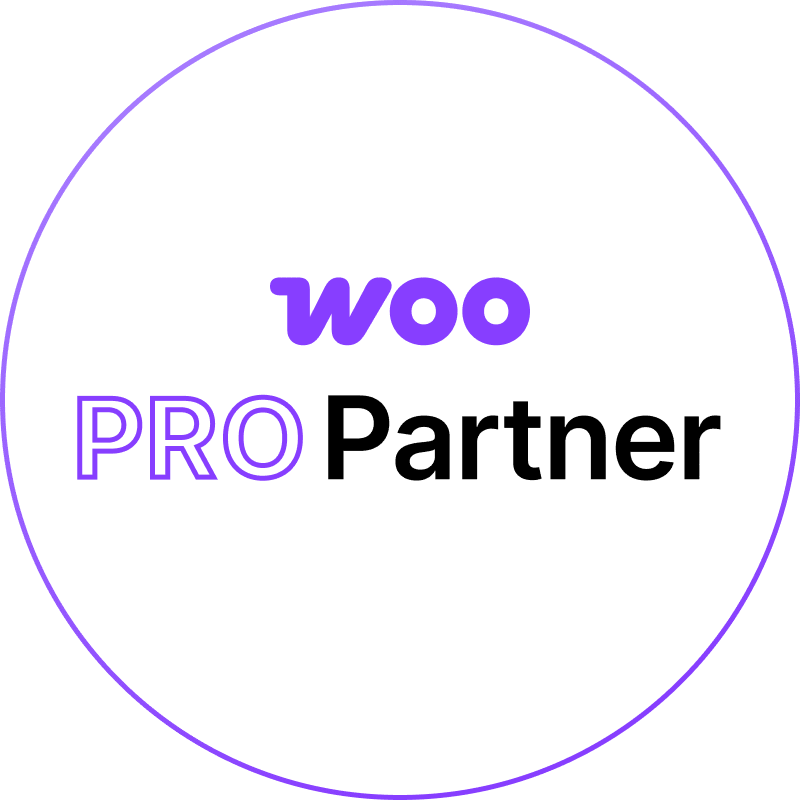How to Successfully Create and Manage Content for Your Ecommerce Store in 2016
There’s a few reasons why content is absolutely essential when running an online business: it can build authority, instill trust, gain traffic, and persuade site visitors into becoming buyers. It’s one of the most important elements on your site, and it should be an integral part of your marketing strategy. With all of that said, it’s not enough to simply slap some content on your site, and call it a day. You need to employ a strong strategy that can push the content in front of your target audience, and get the results that you desire. We’ll discuss a few ways that you can do that.
Create an Actionable Strategy
You need to know how you’re going to develop your content. There are many ways to do it: you can focus on blog posts, videos, case studies, podcasts, etc. Once you know what you’re going to focus on, you need to figure out the purpose of the content. Are you going to use the content to build traffic and hook people into your site? Do you want to persuade visitors into becoming buyers? It may be best to create different types of content, as it adds variety, and it makes your site more interesting to site visitors. You can, for instance, post a relevant video one day, and on another day you can post a long-form case study on a customer who has used your products.
Create a Schedule
You need to post content consistently if you want to get the most out of it. The best way to post content consistently is to have a schedule, and stick to it. When you don’t have a schedule, it’s too easy to post content infrequently. It’s best to schedule your content a month in advance. This way, you know what content will be posted on certain days. If you will stick to schedule, you will productively produce content.
Collect Ideas Consistently
When generating content, it’s very easy to exhaust your ideas and interesting topics. You may know a great deal of information about your industry, but once you create enough content, you might be scraping the bottom of the barrel for ideas. It’s better to constantly collect ideas. Inspiration can come from various sources: from other websites, to what you see in your industry day-to-day, to concerns or questions that your customers may have. Notate these ideas so that you’ll have them readily available. This way, you can remain on schedule without having to stress about content topics.
Focus on Distribution
How are you going to distribute your content? Is it going to be sent with an email campaign? Will you focus on your blog? How will your case studies, ebooks, and reports be seen? Are you focusing on getting other outlets to share your content in their networks? Your content will mean virtually nothing if it isn’t visible. Visibility is what builds authority and gets your message in front of your target audience. You can maximize the visibility of your content by pushing it on social media, integrating it with SEO, and sending it to your email lists.
Recycle Your Content and Redistribute
Ideally, the lifecycle of your content won’t be short. The best content can be repurposed into another form. An old blog post, for instance, can become an infographic, and that infographic can possibly evolve into a video. Recycled content makes your job easier in the long run, and it is a concept that is underutilized.
Some of your site visitors will consume content differently than others. For example, some prefer videos to reading blog posts and vice versa. One piece of content that wasn’t popular with one segment of your audience may become a smashing hit once it’s repurposed.
This allows you to save time, as you won’t have to go fishing for a new topic, and it will allow you to post different forms of content on your site, which adds variety.
The versatility of your content is key. Beyond simply recycling your content into another form, you can focus on creating multiple types of content simultaneously. For example, you want to write an a white paper or report. You can create posts from your blog, and from those posts, you can create talking points for your white paper or report. For another example, let’s say that you’re shooting a tutorial video. While you’re doing that, you can shoot promotional photos, as well. This save time and resources, as you are essentially hitting multiple birds with one stone.
Conclusion
It’s 2016, and you cannot afford to neglect your content strategy. Take the suggestions listed in this post, and use them to solidify your content marketing strategy.
Are you ready to discuss your next e-Commerce website project with the leader in e-Commerce development and digital marketing? If so, contact Zen Agency today! We are a group of WooCommerce experts.


















